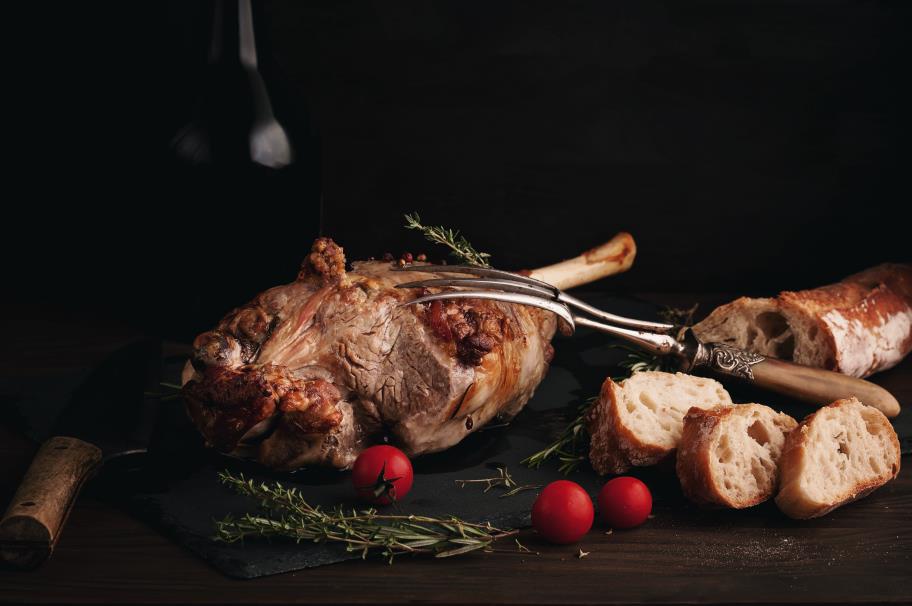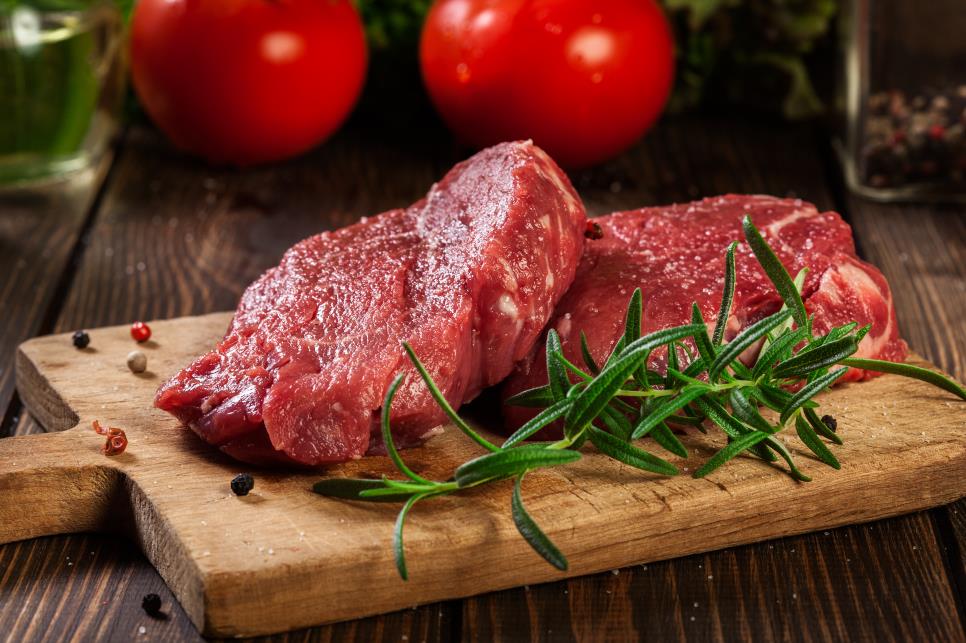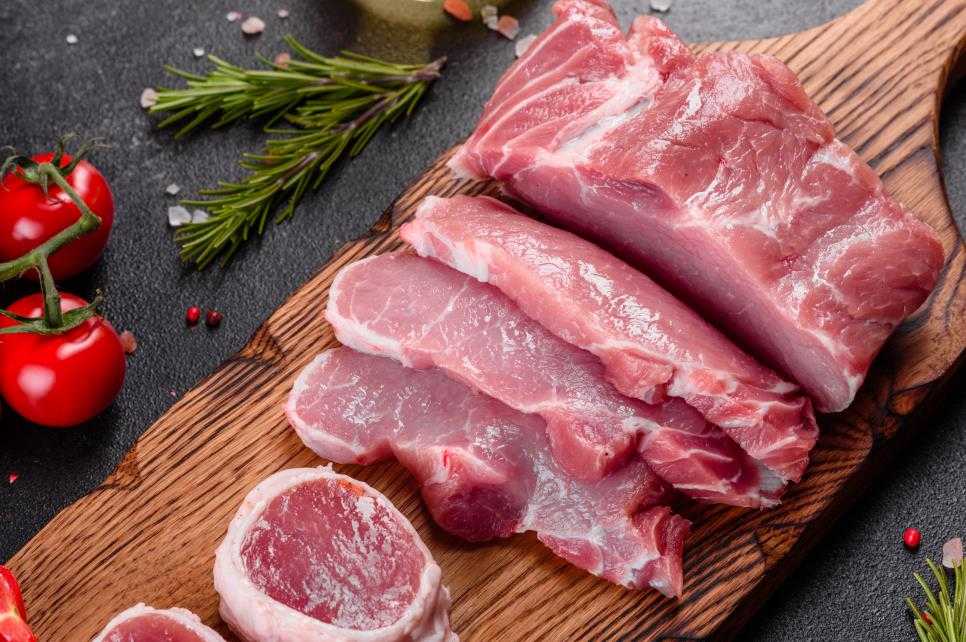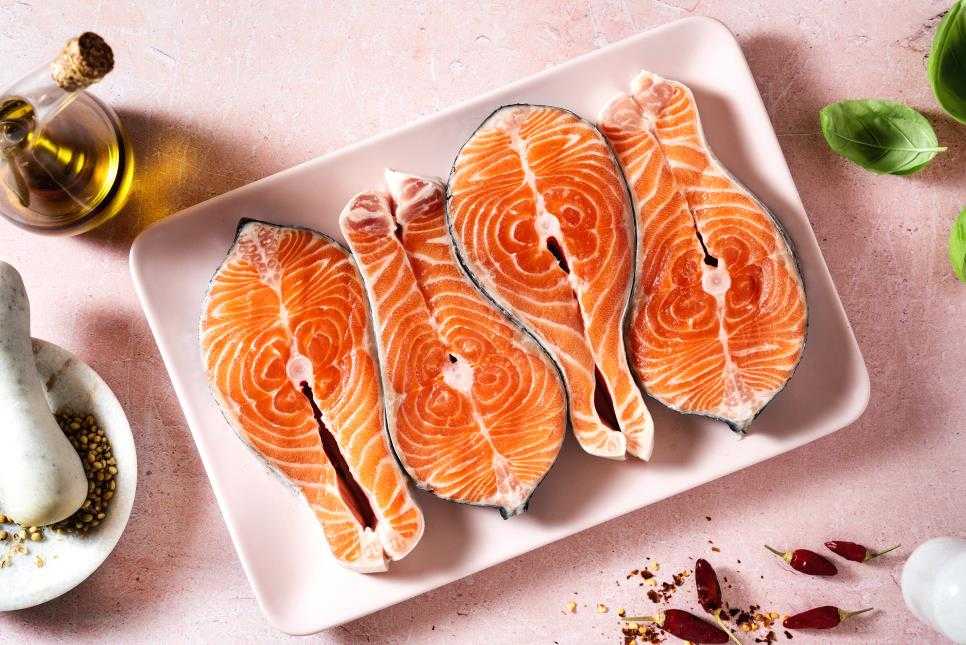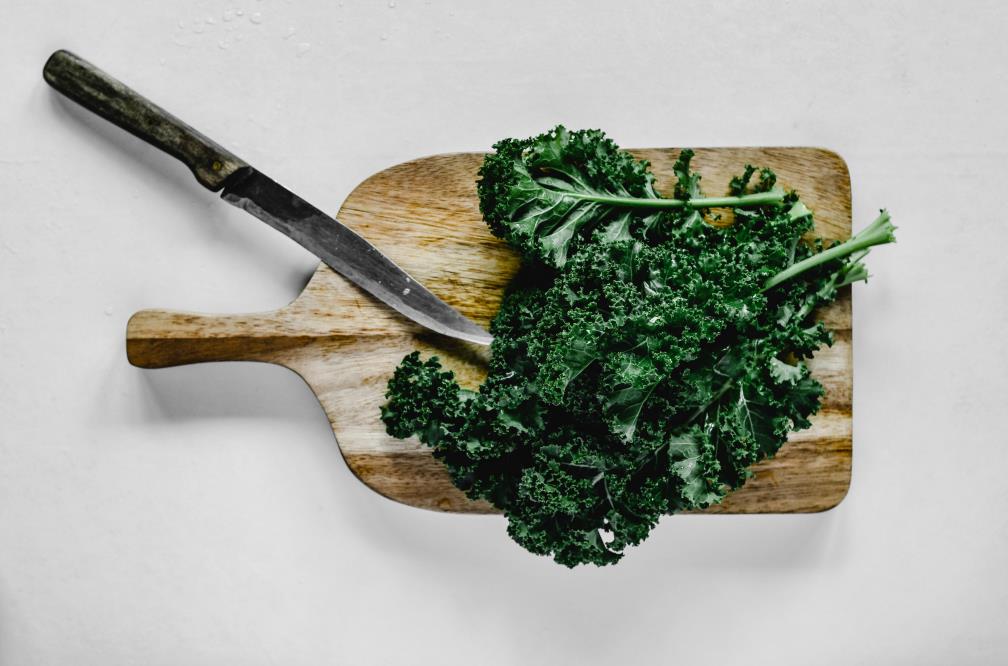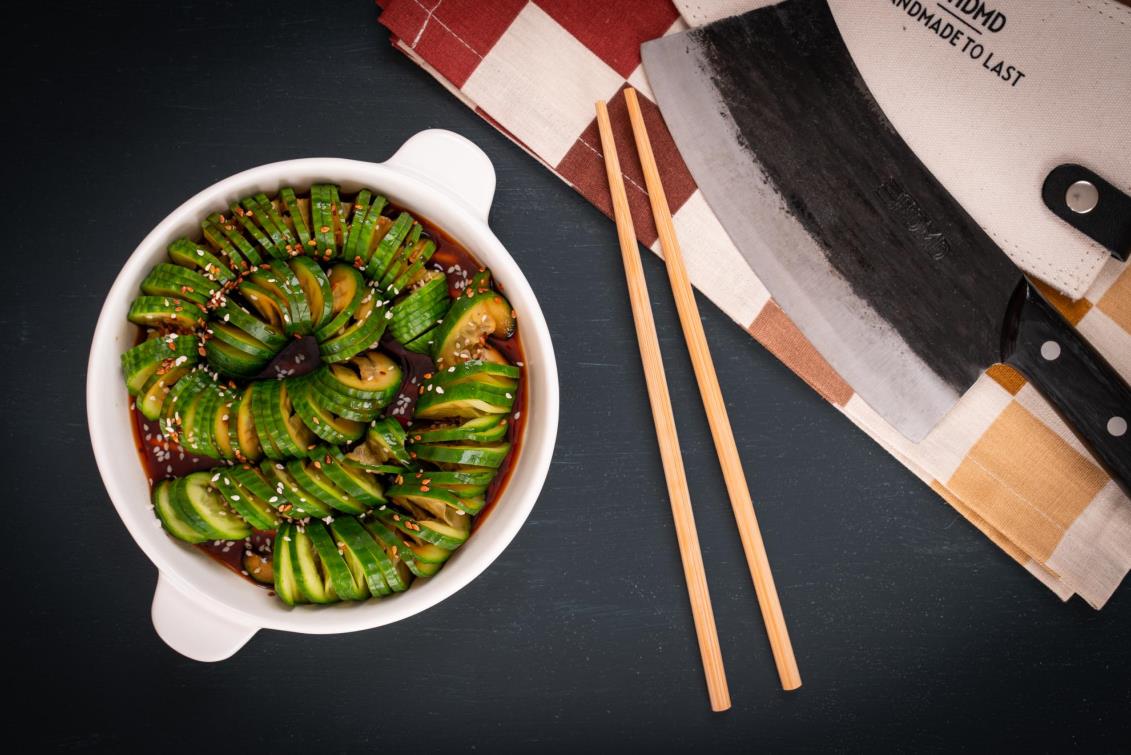With countless ingredients to prepare before cooking any dish, almost all involve some sort of cutting. In food recipes, the way you are instructed to cut the ingredients will primarily be either chopped, diced, or minced. As cutting the ingredients the right way will lead to the desired outcomes, it’s crucial to comprehend each technique for better-looking, tastier dishes.
In this article, we’ll explain how to chop, dice, and mince different foods, provide tips to master your skills, and help you decide which way to cut in different situations.
Table of contents
Chopped vs Diced vs Minced
Chopping, dicing, and mincing foods will give you distinctive end results that can help you nail a food recipe or waste hours of hard work. Here is everything you should know about each cutting technique and how to decide when to chop, dice, and mince.
What is chopping?
Chopping is simply cutting foods into roughly the same size chunks. Whether you see chopped onions or tomatoes, they all mean the same: cut them into smaller, unified pieces. To be more precise, chopping is turning the ingredients into pieces of about one to two-quarters of an inch.
In food recipes, you may also see roughly chopped or finely chopped. The roughly chopped generally mean a bit bigger than your typical chopped foods, about three-quarters of an inch. On the other hand, one-quarter pieces will give you finely chopped ingredients.
How to chop?
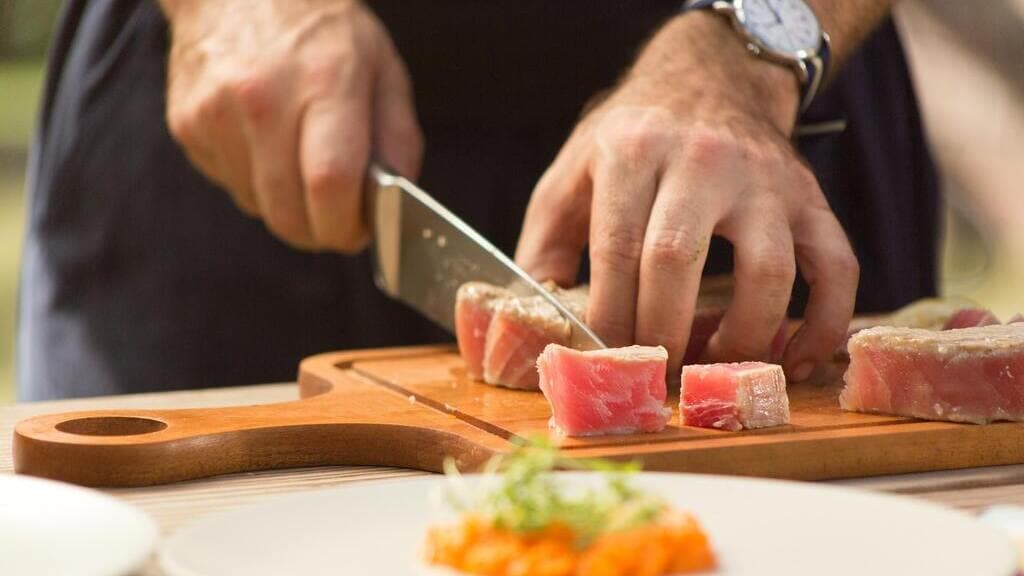
The most common way you will cut foods is by chopping them. When preparing foods like stews, you will chop pretty much every ingredient before throwing them into the pot.
One thing to keep in mind about chopping foods is that the shapes don’t matter as much as the size. As long as they are approximately the same size, you could care less about how they look. Additionally, make sure the cutting board is always stable and the food you’re going to chop is ready. Remove or peel any inedible parts like the skins.
The easiest technique for chopping is to go back and forth from the tip to heel with the chef’s knife. This way of cutting food is also known as rocking. Hold the food in your guiding hand and start rocking the blade as many times as you need to get the desired size. You can also opt for moving the blade in up and down motions, just like Japanese chefs do. For smaller chopped ingredients, use the claw technique, which we demonstrated in a previous article teaching you the basics of how to hold a knife.
Chopping tips
- Flat the ingredients to keep them stable. For example, halve the tomato before chopping
- For guiding hand, use the claw grip technique
- Blade grip (pinch grip) the knife for even cuts with precision
What is dicing?
As the name makes it expected, dicing foods means turning them into dice-like smaller pieces. Diced foods are smaller than chopped, though sometimes they can be about the same size.
The purpose of dicing is to turn ingredients into cube-like shapes that are the same size. This helps foods cook evenly and give them an equal look.
Unlike chopping, there is actually a name for different sizes of diced foods. The following list shows how they measure.
- Small Dice (macédoine): 1/4 inch
- Medium Dice (parmentier): 2/4 inch
- Large Dice (carré): 3/4 inch
If how you should dice an onion or any other ingredient for that matter isn’t stated in a food recipe, think about how long you’re going to cook them. The smaller the pieces, the quicker they will cook.
How to dice?
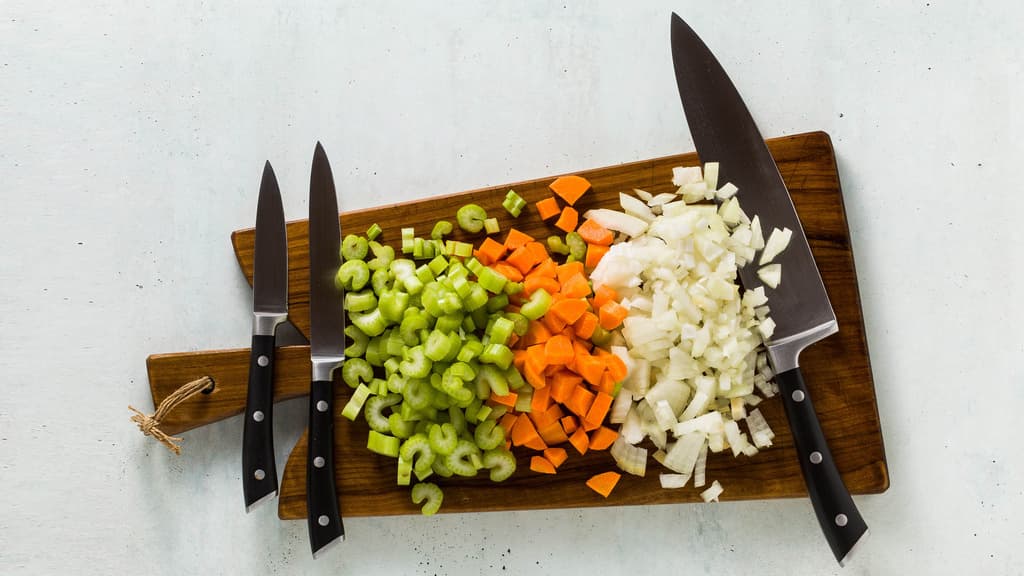
Dicing takes more time and effort than chopping, but it’s certainly worth the extra as it will enable you to cook everything evenly with a matching look. If you want to make your meals look more professional, you will need to dice more often.
Since you will want to have constant cuts, you will need to prepare the food you’re cutting beforehand. Take a tomato as an example; it’s round, and starting to dice it right away won’t get you the desired outcome.
Instead, cut the tomato in half and lay it flat on the cutting board. With the blade parallel to the board, slice the tomato a few times at the desired dice size.
As cutting at that angle can get tricky, slice with the blade’s heel first and as you cut, pull the blade to yourself for easier and even cuts.
The thicker you make these slices, the bigger dices you will get, and vice versa. Once you settle on the thickness, you can then turn it over 90 degrees, and do it again. This will give you perfectly even diced tomatoes.
Dicing tips
- Prepare the food for dicing (peeling, coring, etc.)
- Take your time when practicing. Dicing is more about forming even pieces than making them smaller, unlike chopping
- Hold the ingredient with your guiding hand properly
What is mincing?
In food preparation, mincing is mainly used for cutting up ingredients so small that they almost melt into the dish. Mincing will give you uniformed pieces that are significantly smaller than chopped or diced foods.
With ingredients cut so small, their flavors will come out a lot stronger and enrich the taste of the dishes. Mincing ingredients is a great way to add flavor to dishes without making them appear as big on the plate.
How to mince?
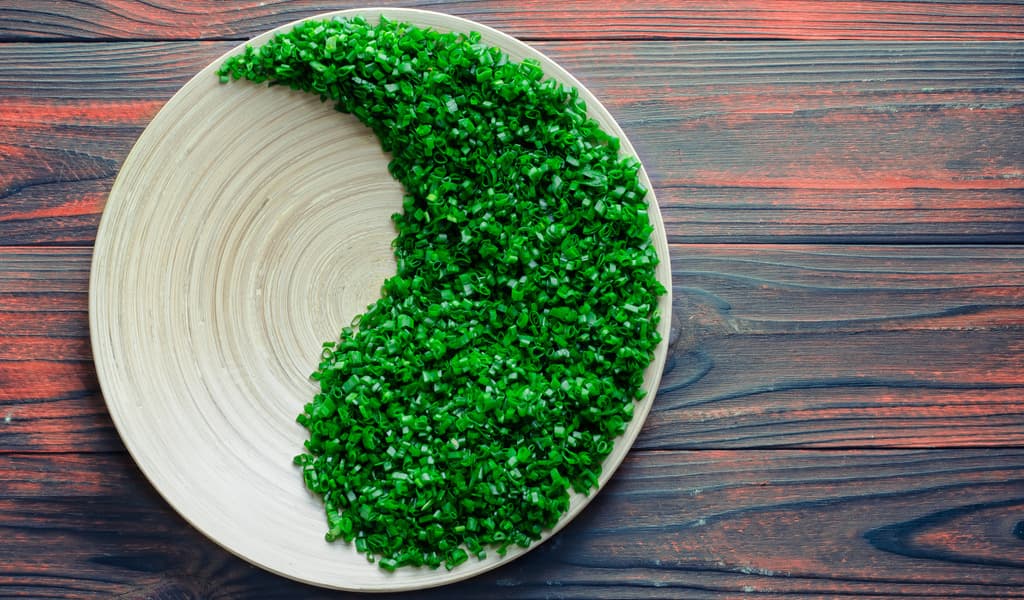
Most commonly, onions and garlic are minced before they’re cooked or mixed with other things. Regardless of the vegetable, you first need to chop them into small pieces to begin mincing. They don’t have to be exceptionally small. Anything smaller than diced will work just fine.
After small enough, rock your knife over the food. The easiest and fastest way to mince is to place the blade’s tip on the cutting board and secure it by pressing on the knife’s spine (dull side) with your other hand. With the tip never coming off the surface, continue rocking the blade until you minced enough.
When mincing vegetables or any other ingredient, they may stick to the sides of the blade or spread out on the cutting board, essentially taking away the food that needs to be minced. Take them off the knife using a finger (don’t go against the blade’s edge) and gather everything together. You’ll probably do this a few times, so it’s best to make it a habit when mincing foods.
Mincing tips
- Create smaller pieces first
- Use rocking motions with the knife’s tip on the cutting surface
- Sprinkle a little kosher salt on foods like garlic to draw moisture out for easier mashing
When to chop, dice, or mince?
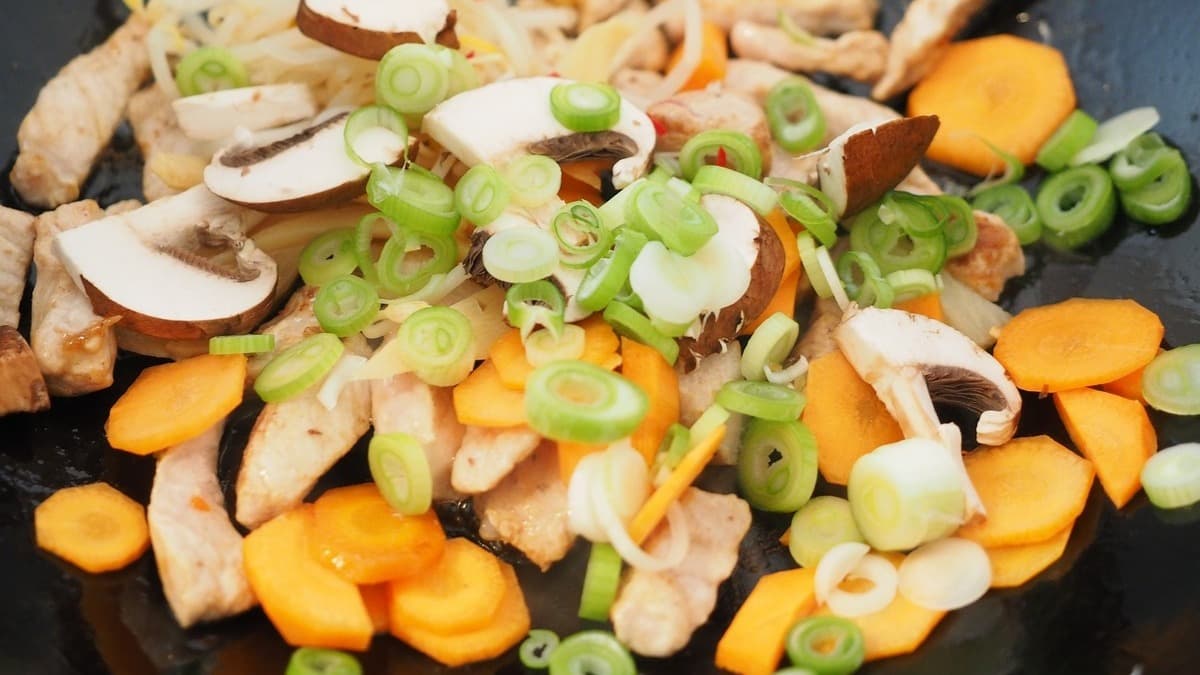
Understanding when to chop, dice, or mince is crucial. When the food is cut wrongly, it may lead to overcooked, undercooked, or visually unpleasing dishes.
Chop when preparing foods like stew or chili. Small pieces of meat, chicken, potatoes, and other ingredients that go into making dishes like these can get smaller as they cook. Cutting them too small can make them almost disappear out of sight. That’s why it’s best to chop rather than dice or mince when working on similar dishes.
Dice when you want to make the ingredients cook evenly and prepare food to be eaten raw. It’s the preferred way to cut foods like tomatoes that aren’t going to cook for long or are eaten raw. You also might want to dice to make the final dish more presentable as everything will look even.
Mince when you want to permeate the ingredient’s flavor over the dish rather than having noticeable chunks. That’s why flavor-rich vegetables like garlic need mincing. It’s the way to cut if you want an ingredient’s flavor to spread out through the dish without making them visible on the plate.
Handpicked for you
True cutting power in the palm of your hand
Other basic cutting techniques
While chopping, dicing, and mincing are the most common techniques you will use when preparing food; they are certainly not the only ones. Here are other ways you can cut food to make dishes look better and tastier.
Julienne
Julienne is a very fine cut that’s thin yet long and mainly used for adding texture to the dishes. It’s also occasionally used in salads with vegetables like carrots and cucumbers.
Chiffonade
Chiffonade is the thin strips of leafy vegetables or herbs. It’s similar to the Julienne cut, but the only chiffonaded ingredients you’ll find are leaves. Rather than making thin vertical cuts, roll the leaves and slice.
Batonnet
As the name suggests, batonnet is the even baton-shaped cuts primarily used for carrots and potatoes.
Baton
Similar to the above, the baton is a batonnet-like cut but lengthier in size.
Pont-Neuf
Pont-Neuf is only used for potatoes. They are chunky, finger-like cuts, basically thick pieces of french fries.
Final words
It’s up to you to decide which way to cut foods when preparing. One thing is for sure, you’ll have an easier time and better chopped, diced, and minced ingredients with sharper, better knives. Take a look at the knives on our shop page to find the one true chef’s knife that will take care of all of your cutting needs.







